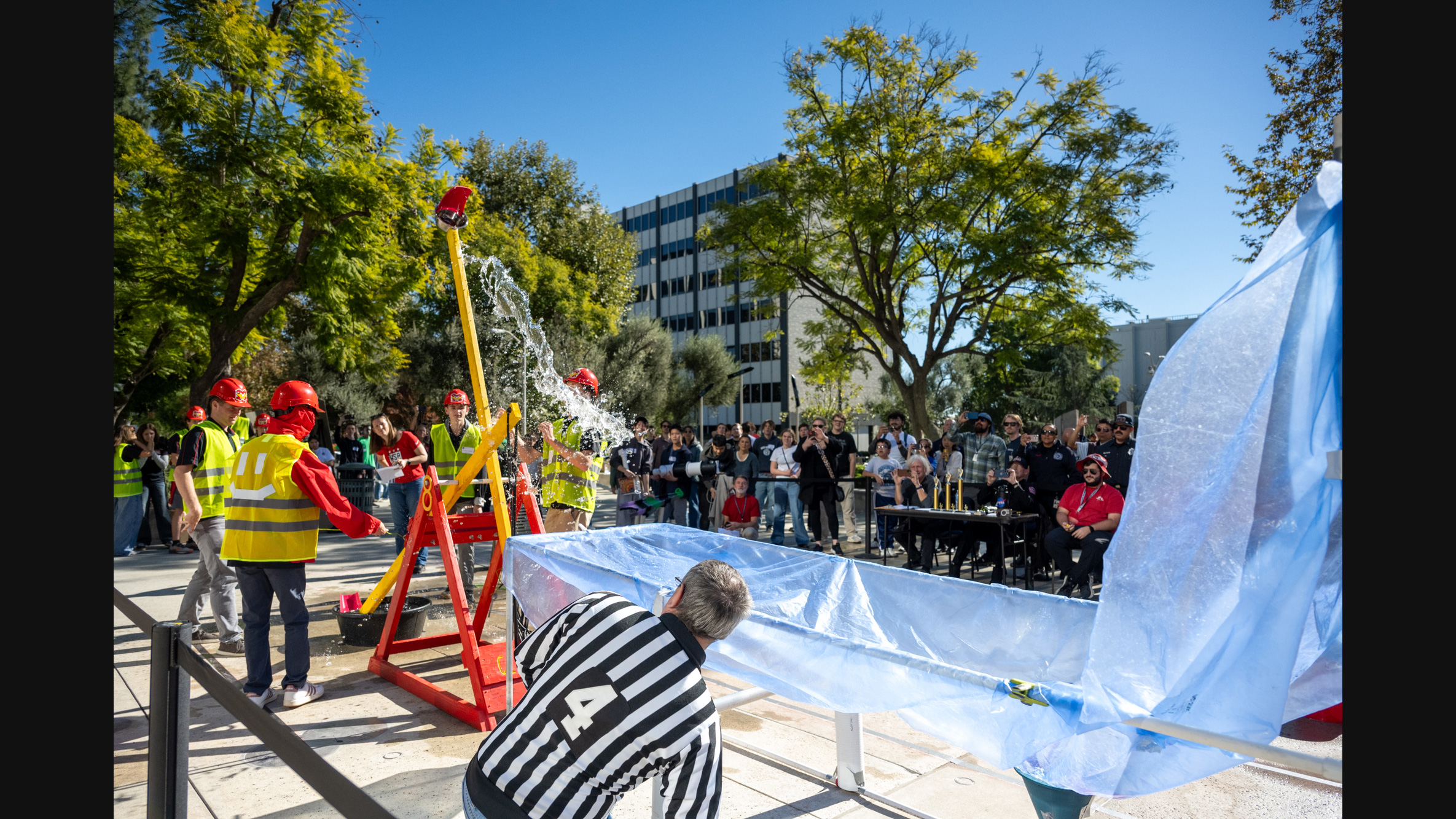NASA space scientists and engineers speak in an often bewildering shorthand slang of acronyms to describe complicated jobs, procedures and machines. "NAV" refers to teams of spacecraft navigators. "OTMs" are orbital trim maneuvers to help refine a spacecraft's path. Even NASA is short for National Aeronautics and Space Administration.
Then there’s the Ace: the engineer who monitors and communicates with a spacecraft in real time during big mission events and routine maneuvers.
It’s one of the few jobs that isn’t part of NASA’s acronym soup. Ace simply means ace, as in a person who excels at their job or the highest value playing card in the deck.
"It goes back to Explorer 1 in 1958, NASA’s very first space mission," said Jim McClure, operations manager of the Space Flight Operations Facility (or SFOF) at NASA’s Jet Propulsion Laboratory. The SFOF is mission control for Cassini and many other space missions, and it's where the Aces are stationed.
"You can’t call these guys pilots, so what do you call them? It’s a direct reference to the World War I flying ace," said McClure. "The Ace is always there."
Michael Staab, a Cassini mission operations engineer, said the Ace console is, in many ways, like the unmanned spacecraft's cockpit. In addition to phones and computers, the console also has a radio-like voicenet for quick communication with multiple people. Aces coordinate with operators at NASA's Deep Space Network complexes, which are arrayed at several sites around the globe, during a communications pass with the spacecraft.
“I didn’t think much of it when I sent my first command,” Staab said. “It wasn’t until I saw the command file register on the spacecraft some three hours later that I really comprehended what I had just done. I sent out a command file from a radio dish on the other side of the world (we were talking to Cassini via the 70-meter dish at Canberra, Australia), it traveled through space at the speed of light toward Cassini, registered onboard and radiated back down. I’m talking with a spacecraft that’s orbiting thousands of kilometers per hour around Saturn, which itself is 1.5 billion kilometers (about a billion miles) from Earth. Not a lot of people can say they’ve ever done anything like that.”
McClure said there are times when someone tries to make Ace into an acronym, such as Assistant Chief Engineer. But tradition always prevails.
Modern Aces such sit at vast consoles in the dimly-lit SFOF. The Cassini Ace monitored seven computer screens reporting on spacecraft systems and science data and keeps various mission teams informed about the spacecraft's status. Aces kept a steady watch as Cassini reported a constant cycle of more than 13,000 measurements of its health and performance, including power and temperatures.
The Ace is also first person to respond when a problem pops up.
“This is real time, where the rubber hits the road,” said David Doody, a space flight operations engineer on Cassini. “The Ace is in the middle of everything.”




































